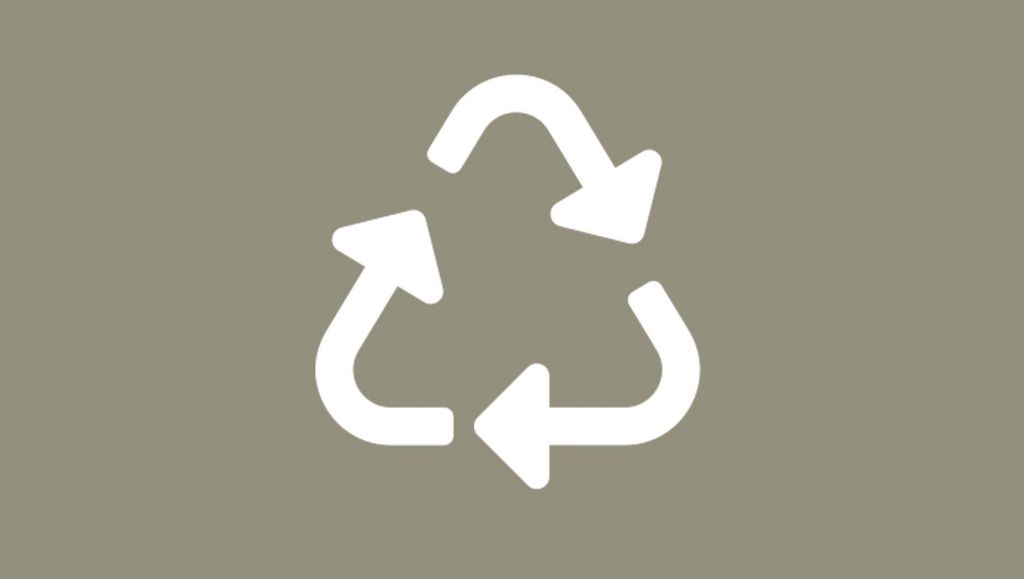A step change in circularity


Resources are taken from the planet to manufacture products The products are used and discarded – and then new products are consumed, made from new natural resources. This is the linear flow mankind has built its welfare upon since the dawn of industrialization. Now, it is more relevant than ever to shift to a circular way of thinking when it comes to our planet’s resources.
“We have one planet and we can’t continue to make waste of its valuable resources,” says Linnéa Nilsson, senior CMF designer – research lead, at Product Design. She has been part of investigating how to design more sustainable products and services for the future.
“Our team soon realized that it takes more than just design to create more sustainable products. In order to take the next step, we have to think in a circular way throughout the whole process and when working with the complete system – from production to business model.”, Linnea Nilsson underlines.
Lars Mårtensson, Environment and Innovation Director at Volvo Trucks, agrees that there is no contradiction between doing good business and a circular approach.
“Besides being the right thing to do, circularity is about improved resource-efficiency that comes with significant cost-saving opportunities. A circular approach also gives us the possibility to deepen and prolong the relationship with our customers and to secure our future resource need.”
Refurbishing, remanufacturing and recycling of materials are cornerstones in the circular economy – and have been integral parts of Volvo Group’s business for a long time. Some key facts to illustrate this:
Circular economy briefly explained
The final aim of the concept of circular economy is to eliminate waste and pollution while saving energy and natural resources. To incinerate waste or – in worst case – put it in landfills is what a circular economy aims to fully avoid. It is important to design for actions such as service, refurbishment, remanufacturing and recycling. This, along with business models supporting the concept, is the foundation for a circular economy.
More about Volvo Group’s sustainability ambitions and how we work with circularity.